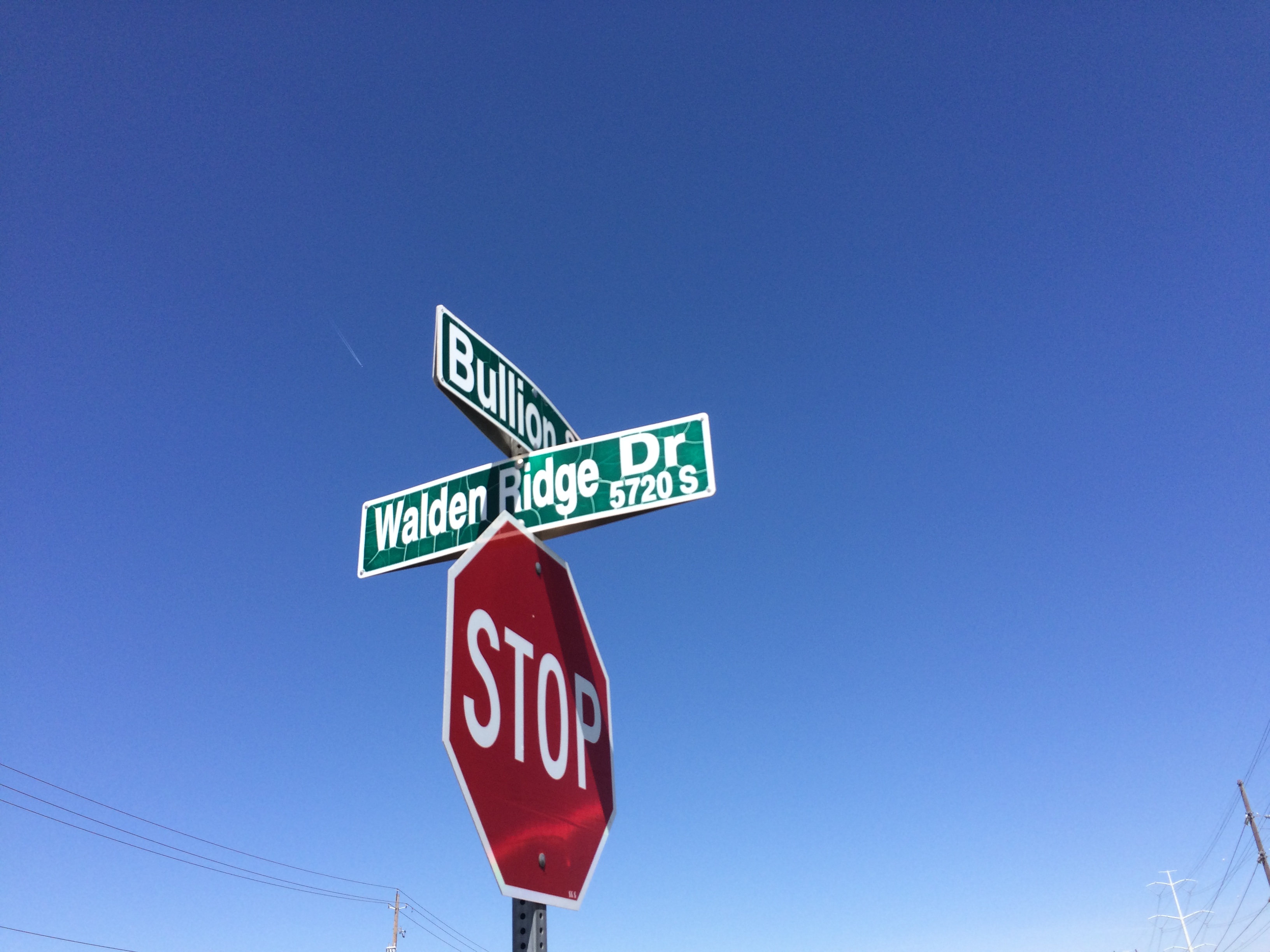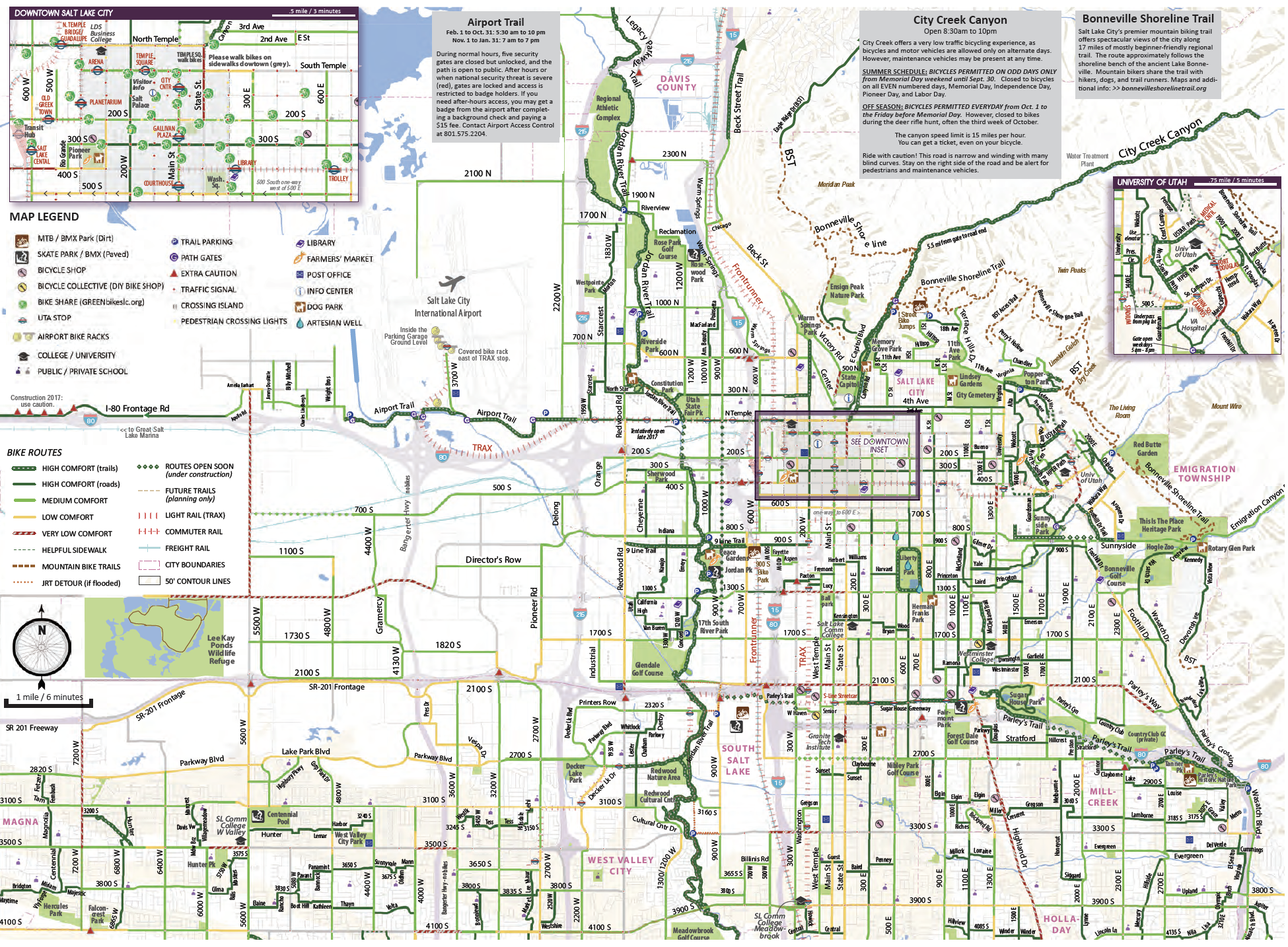By Greg Hoole – CNN recently reported that seventeen cyclists have been killed in New York City this year alone. To put this in comparison, there were only ten deaths in 2018. In response, Mayor Bill de Blasio recently announced a $58.4 million plan to improve bike safety in the city.
The improvements largely consist of adding 30 miles of additional protected bike lanes each year, with the goal of having 80 new miles of such lanes by 2021 (for a total of around 162 miles). Protected bike lanes, which use a physical barrier to separate cyclists from motor vehicles, are far superior to painted lines on the street.
A May 2019 report by the city transportation department found that there are 490,000 cycling trips made in a typical day in New York, and that number is expected only to grow. Cities along the Wasatch Front, likewise, continue to see an increase in cycling trips. This provides countless benefits, both to our community and cyclists themselves. Unfortunately, as cycling trips increase, so do injuries.
According to the latest statistics reported by the Utah Department of Health, each year in Utah an average of 372 cyclists are injured in crashes with motor vehicles. Five are killed. Nearly half of these injuries are suffered by children and young adults. Head injuries are the most serious type of injury and the most common cause of death for bicyclists. Bicycle helmets have been proven to reduce the risk of head and brain injury when a crash occurs by as much as 85 to 88 percent.
Suffice it to say, we should all wear a bicycle helmet every time we ride. There are also a number of other, common sense, measures we can take to stay safe out on the road. First and foremost, we need to be seen. All other safety tips typically boil down to helping us be seen. This is because nothing else really matters if motorists don’t see us.
One thing to consider is using a white flashing light on the front of your bike and a red blinking light on the back every time you ride. Lights are required at night but they also greatly improve one’s visibility during daylight hours. (By the way, failing to wear a helmet or use a bright white front light and a red taillight at night not only greatly increases your chances of accident and injury but may compromise your ability to obtain legal relief if you are injured.)
It is also critical that we be predictable. This means generally acting like a motor vehicle—driven be a smart person. We should follow the rules of the road. I came across a cyclist riding against traffic (including me) on my ride this morning. Not a good idea. Cars don’t expect traffic going the wrong direction. This means your chances of being seen are greatly diminished and your chances of getting whacked are greatly increased. Never do this, and teach your children likewise.
Finally, ride defensively, with making sure motorists see you being first in your defensive strategy. The best way to make sure a particular motorist actually sees you is to make contact with the motorist. Although you cannot always be 100% positive that a motorist who is looking at you actually sees you (I could tell you stories), you can be 100% positive that the motorist does not see you if he has not made eye contact with you. Track the eyes and live.
So, as we as a cycling community continue to push for more biker-friendly infrastructure (like New York is implementing), don’t forget to focus on what you can do individually to stay safe.
Reference: New York City’s Green Wave Bike Plan can be found here: https://www1.nyc.gov/office-of-the-mayor/news/368-19/vision-zero-mayor-de-blasio-green-wave-bicycle-plan-address-cycling-fatalities—#/0








